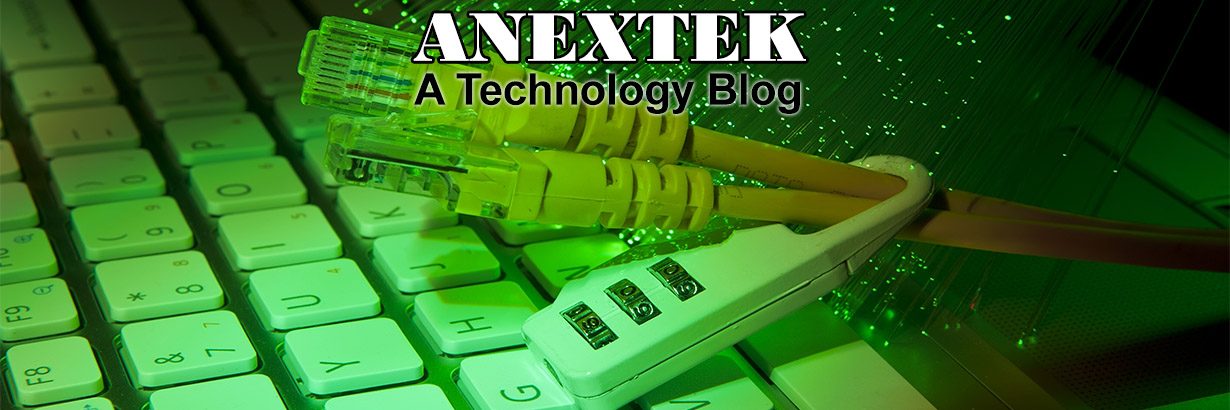Written by: Denton Vacuum, LLC
PECVD has one huge advantage over deposition methods.
Plasma-enhanced chemical vapor deposition, otherwise known as PECVD, is a type of fabrication method that deposits thin films on a wafer. To create a desired solid surface on the substrate, plasma and reactive gases are added within the deposition chamber.
Advantages
During this process the plasmas are divided into two groups; non-thermal and thermal. Thermal plasmas operate at a standard temperature while non-thermal plasmas utilize the energy of the electrons to work with the pressure rather than the temperature, therefore allowing PEVCD systems to work under temperatures that are considered low – between 100 and 400 degrees Celsius.
Modern-Day Use
In today’s society many micro electromechanical systems, or MEMS, contain materials that are prone to degradation by high temperatures – polymers, bonding adhesives, etc. PECVD’s low temperature output makes it such a useful method for thin film applications that have a low temperature threshold.
To perform PECVD, a magnetron sputtering system is typically utilized due to its specific compression chambers that were designed to work with wide temperature ranges. An example of PECVD in work is the magnetic sensor within a smart phone. If you have a compass app on your phone, note that its sense of direction is directly affected by the PECVD process of the internal magnetron.
Electronic components and thin wafers are prone to degradation when other thin film deposition methods are used. PECVD is only in the beginning stages when it comes reliability and effectiveness. There is no doubt that new technology will bring in more advanced techniques that will allow for a wider range of items to be deposited.
